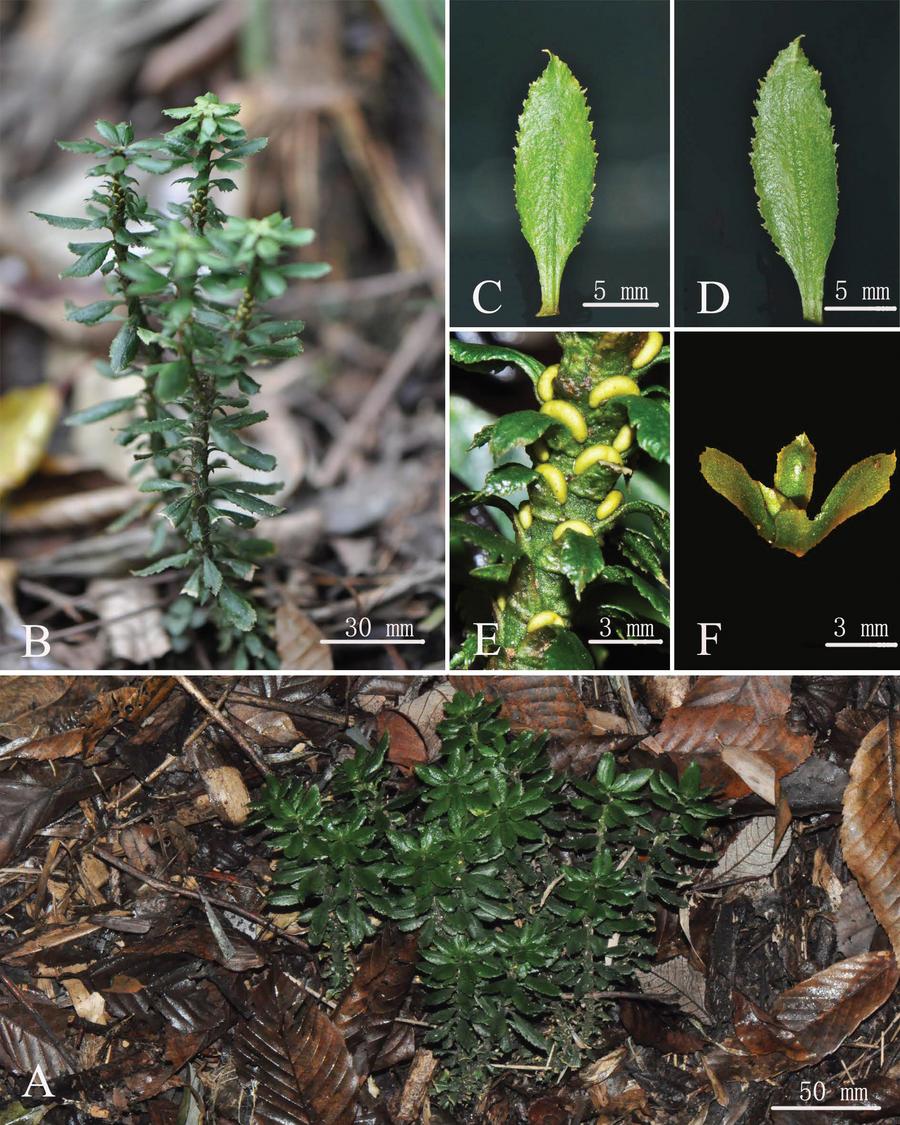
BEIJING彩娱乐注册CLY588.VIP, Sept. 10 (Xinhua) -- Researchers from the Xishuangbanna Tropical Botanical Garden (XTBG) under the Chinese Academy of Sciences (CAS) have discovered a new firmoss species in southwest China, an extract of which has been proved to be effective in the treatment of Alzheimer's disease.
The new species, which is later named Huperzia crassifolia, was discovered during a medical plant inventory research in southwest China's Guizhou Province, according to a CAS press release.
Liu Hongmei, an XTBG associate researcher, a member of the research team said that Huperzia, also commonly known as firmoss, has about 25 species and mainly grows in temperate and boreal climatic zones.
The newly-discovered Huperzia crassifolia is a terrestrial firmoss. It resembles other Huperzia species' gross morphology, but can be easily distinguished by its thicker texture and round-lanceolate pinnae,彩娱乐官网 Liu told Xinhua on Monday.
According to Liu, Huperzine A, a substance found in firmoss plants has been proved to be very effective in the treatment of Alzheimer's disease.
The new species is only known to grow in Guizhou, Hubei, Hunan and Chongqing in China, and it often roots in the humus rich soils in broad leaf forests at an altitude from 1,100 to 1,900 meters above sea level with a very small population at each locality, said Liu.
"If people know its medicinal value, Huperzia crassifolia may be in danger of being over-collected. We tentatively propose its conservation status as Endangered (EN) according to the International Union for Conservation of Nature (IUCN) categories and criteria," said Liu.
比例尺变化与原比例尺的关系解析(参考阵型1)
The findings have been published in the scientific journal PhytoKeys. ■彩娱乐注册CLY588.VIP


